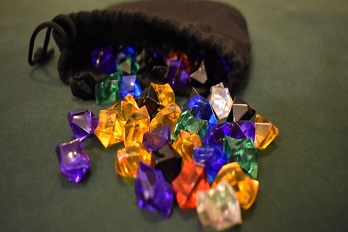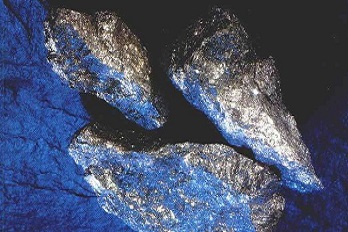Box Cut
Box cut (mining) is a cutting technique. In general, this cut is downcast adequately until, rock not worn by exposure to the weather is found in order to permit the progress of the decline. This type of cut is created to provide a secure and safe portal as way in to a decline to an underground mine. In most mining areas, it is box cut that serves as the first step in the excavation process. Outlining a box shape, it consists of a single rectangular cut made in the surface of the earth. In general, this type of mining technique is used for extracting coal, however it is applied to other material types i.e., from metals to minerals. Based on where these supplies rest in relation to the surface of the earth, this cut may be the single excavation method used on a project, or may be the first of many techniques in use. This cut, when compared with others, it is relatively fast and easy. All that it takes is a basic shoring supplies and a large excavator. In addition, it also serves as a useful method of subsoil investigation prior to investing in other equipment.
A wide range of shoring techniques come as a dependant factor to support the trenches created by this cut. Long anchor bolts are used to pin the walls of the trench into the adjoining rock or soil, which helps prevent the collapse of a geologic formation. In order to reduce the risk of dirt or rock sliding, wire meshes are also used to cover the walls, which in turns gives safety to workers below. To endow with maximum strength and stability, the walls of the trench may be covered with shotcrete, especially with long-term mining projects. The walls of the trench must be sloped out to further take the edge off risk; this applies to very deep box cuts significantly.








